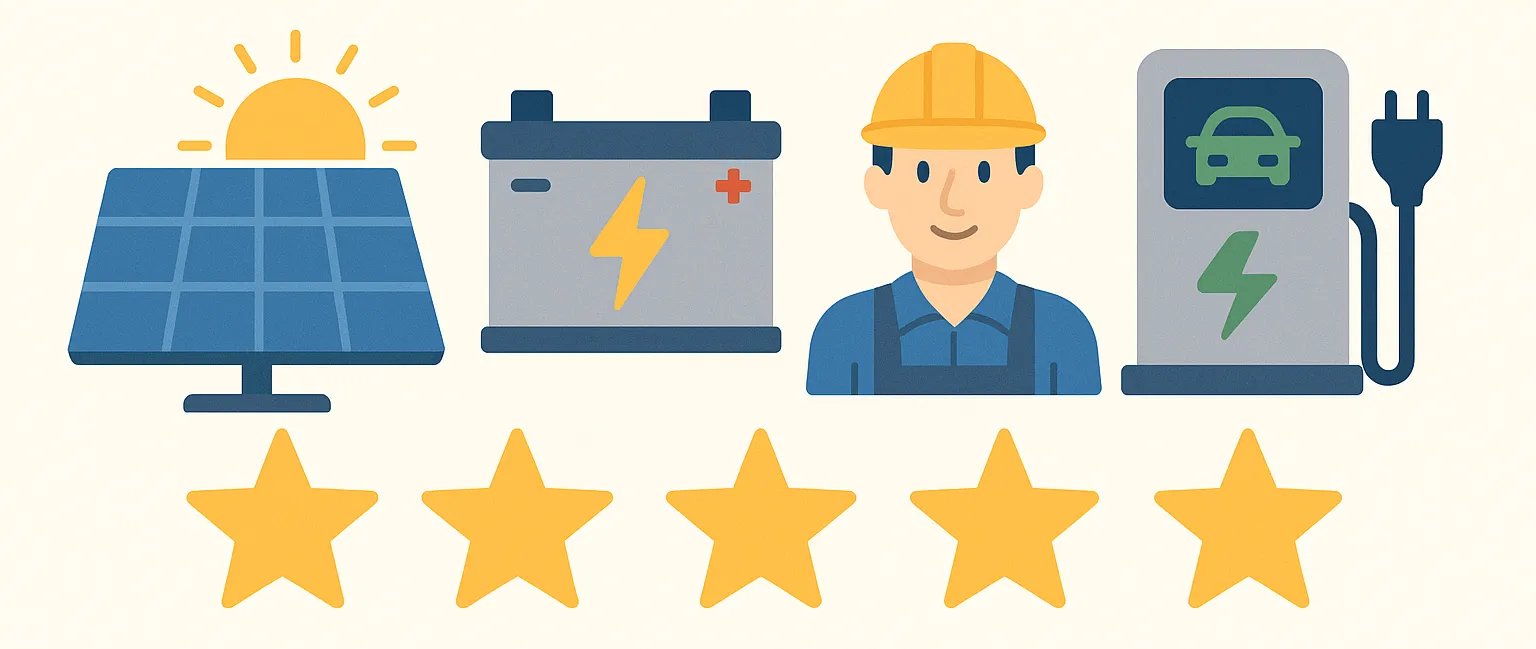Australia installed more than 900 MW of solar in 2014, equivalent to two per cent of the global PV market, according to the International Energy Agency’s (IEA) Trends 2015: In Photovoltaic Applications report.
Australia fell from seventh place in 2012, but improved on its tenth position in 2013 to make it to eighth place in 2014. The top 10 global PV markets in 2014 were:
China, Japan, USA, UK, Germany, France, Korea, Australia, South Africa, India.
After having installed 805 MW in 2011, 1,038 MW in 2012 and 811 MW in 2013, Australia installed 904 MW in 2014. Australia has more than 4.1 GW of PV systems installed and commissioned, mainly in the residential rooftops segment with grid-connected applications.
According to the IEA, more than 1.4 million buildings now have a PV system, translating to an average penetration of 15 per cent in the residential sector, with peaks of up to 30 per cent.
Although Australia produces more than two per cent of its electricity demand from PV, it pales in comparison to Greece, which produces around 7.6 per cent of its electricity demand from PV. Other countries – such as Bulgaria, Czech Republic, Spain and Belgium – are above the three per cent mark.
R&D budget and government support Despite some countries – such as the USA, Japan, Australia and Korea – experiencing an increase in their research and development (R&D) budget, Australia reported an 80 per cent decrease.
The IEA noted that current R&D activities in Australia are led by the Australian Renewable Energy Agency (ARENA) and the Australian Research Council (ARC), with additional research carried out in universities, institutes and a small number of private companies that carry out research into product development and design.
The IEA said Australian government support programs have had a significant impact on the PV market in recent years – the renewable energy target (RET), the large-scale renewable energy target (LRET) and the small-scale renewable energy scheme (SRES) were cited as examples.
Large-scale PV in Australia also benefited from several programs – the ACT auction that was set up in January 2012 for up to 40 MW; the Solar Flagship Program for 155 MW of large-scale PV; and numerous city solar programs that are offering various incentives that are complementing national programs.
“The market take-off in Australia accelerated with the emergence of [feed-in tariff] FiT programs in several states to complement the national programs,” the IEA said.
However, the agency noted that FiTs have been removed by State Governments and reduced by the Federal Government in recent years.
A good thing about the Australian PV market, according to the report, was that self-consumption of electricity is allowed in all Australian jurisdictions.
“Currently no additional taxes or grid-support costs must be paid by owners of residential PV systems (apart from costs directly associated with connection and metering of the PV system), although there is significant lobbying from utilities for additional charges to be levied on PV system owners.
Storage disruption The IEA also observed increasing customer interest in onsite storage, particularly because PV has already achieved a “rather high penetration”.
“Although not yet cost-effective for most customers, a market for storage is already developing.”
Statistics for the Australian market are below:
Final electricity consumption: 228 TWh Population: 24 million Irradiation: 1,400 kWh/kW 2014 PV annual installed capacity: 904 MW 2014 PV cumulative installed capacity: 4,130 MW PV penetration: 2.5 per cent Employment: 14,620 positions


